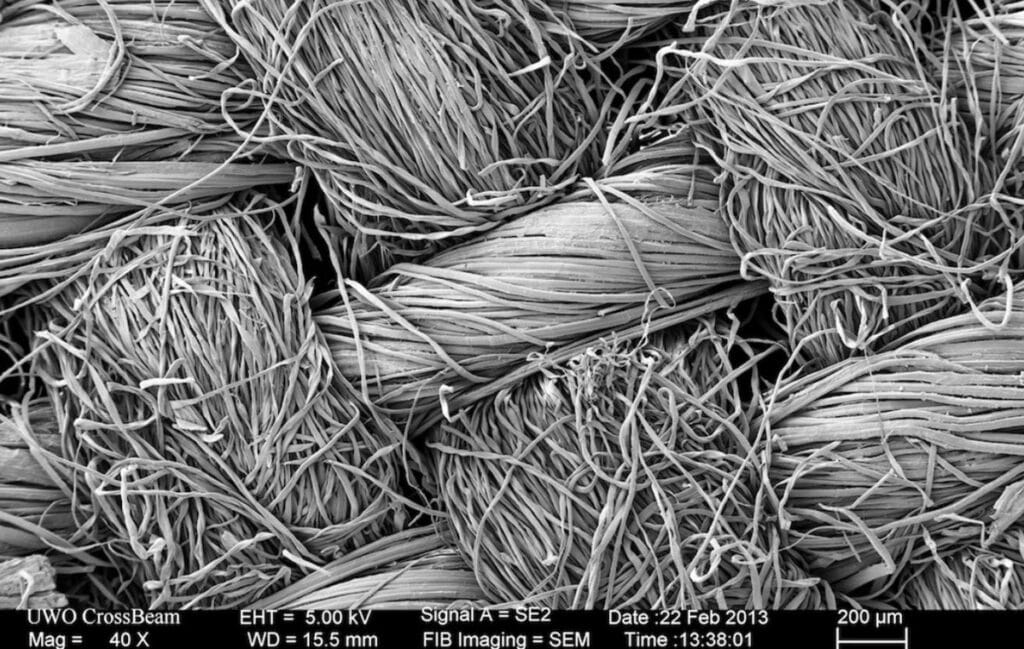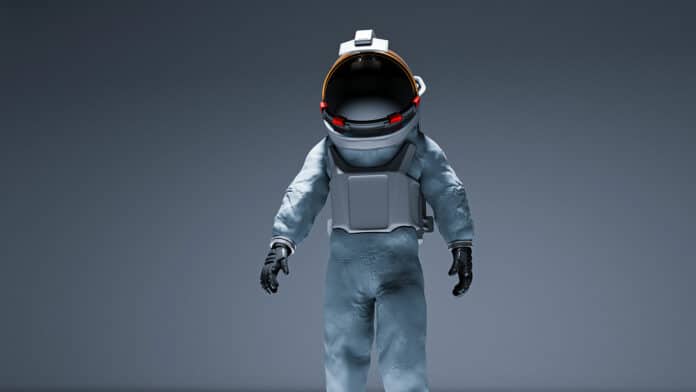Future astronauts venturing to the lunar surface will be equipped with a new generation of spacesuits designed to withstand the harsh conditions of the lunar surface. However, while these suits will keep their human occupants safe and comfortable, they might also become a fertile environment for harmful microbial life.
The European Space Agency (ESA) wants to address this issue by assessing suitable textiles for future spacesuit design. They want to keep the insides of moon suits healthy for the upcoming Artemis missions, which will see astronauts return to the Moon for the first time in half a century.
Part of a larger ESA project known as Planetary Exploration Textiles (PExTEx), the Austrian Space Forum is leading a project called Biocidal Advanced Coating Technology for Reducing Microbial Activity (BACTeRMA), looking into ways to tackle inner-suit hygiene in the extreme conditions of a spaceship.
Exploring the lunar surface poses a significant risk due to the harsh environment. The moonwalkers venturing out of lunar bases will have to contend with hard vacuum and wild temperature extremes, space radiation, and highly abrasive dust. This partially jammed the seals of Apollo spacesuits within just a few hours of exposure.
That’s why the PExTEx team has been testing materials for a spacesuit that could withstand at least 2,500 hours of surface use. The tests, carried out by PExTex partner the German Institutes of Textile and Fiber Research (DITF), included ultra-high vacuum exposure, electrical discharge, temperature shifts, and rubbing with simulated moondust – as well as exposing textiles to nuclear accelerator radiation. Another PExTex partner, the Austrian Space Forum (OeWF), has focused on keeping the insides of spacesuits safe and healthy.
“Think about keeping your underwear clean; it’s an easy enough job on a daily basis, thanks to detergent, washing machines, and dryers,” explains ESA materials and processes engineer Malgorzata Holynska. “But in habitats on the Moon or beyond, washing spacesuit interiors on a consistent basis may well not be practical.”
Additionally, the spacesuits will most probably be shared between different astronauts, and stored for long periods between use, potentially in favorable conditions for microorganisms.

ESA notes that outfitting the inside of spacesuits with traditional anti-microbial agents like silver and copper might cause skin irritation, and regular wear could tarnish them.
To tackle this problem, the scientists turned to BACTeRMA – so-called ‘secondary metabolites.’ These are chemical compounds produced by microbes to protect themselves against competitors or other environmental factors. These colorful compounds often have antibiotic qualities, the ESA statement notes.
The BACTeRMA team is working with Austrian Space Forum to create a unique ‘bacteriographic’ collection of biocidal textile materials. These materials were then exposed to radiation, moondust, and simulated human perspiration to test their durability.
The Austrian Space Forum is currently integrating the newly developed textiles in its spacesuit simulator, and it may soon be deployed in a simulated Mars mission that’s set to take place in March 2024 in Armenia.
“Space technology, funded by ESA and developed in Europe, is a crucial step to bolster the expertise of European industry and academia for future human and robotic planetary exploration,” German ESA astronaut Matthias Maurer said.
